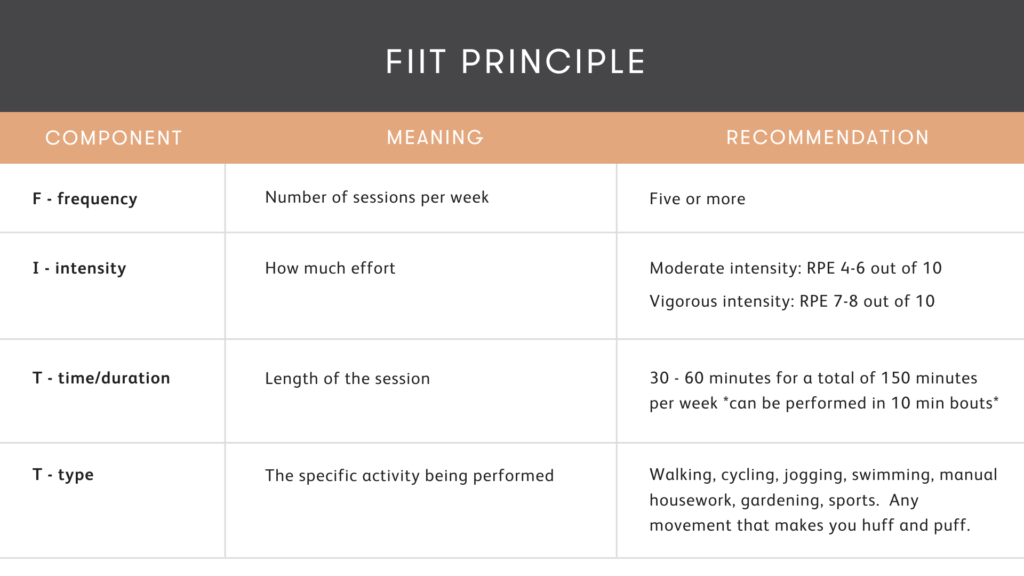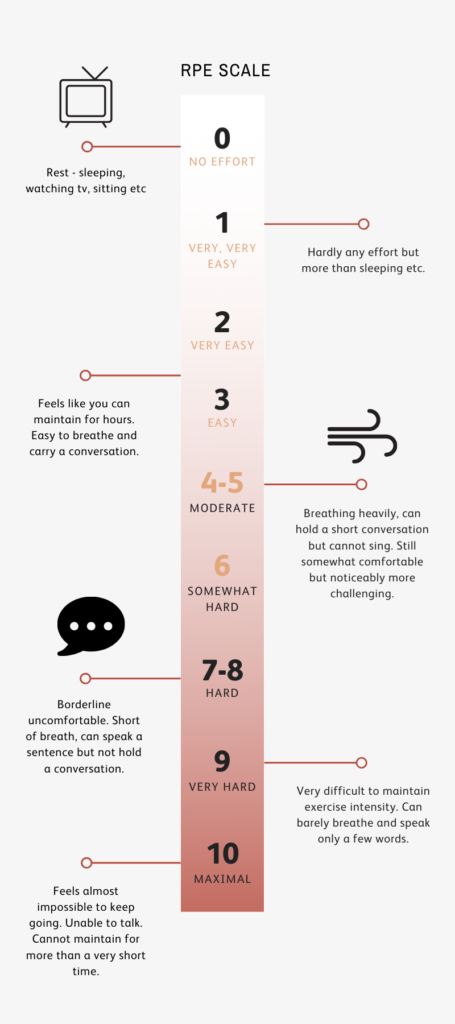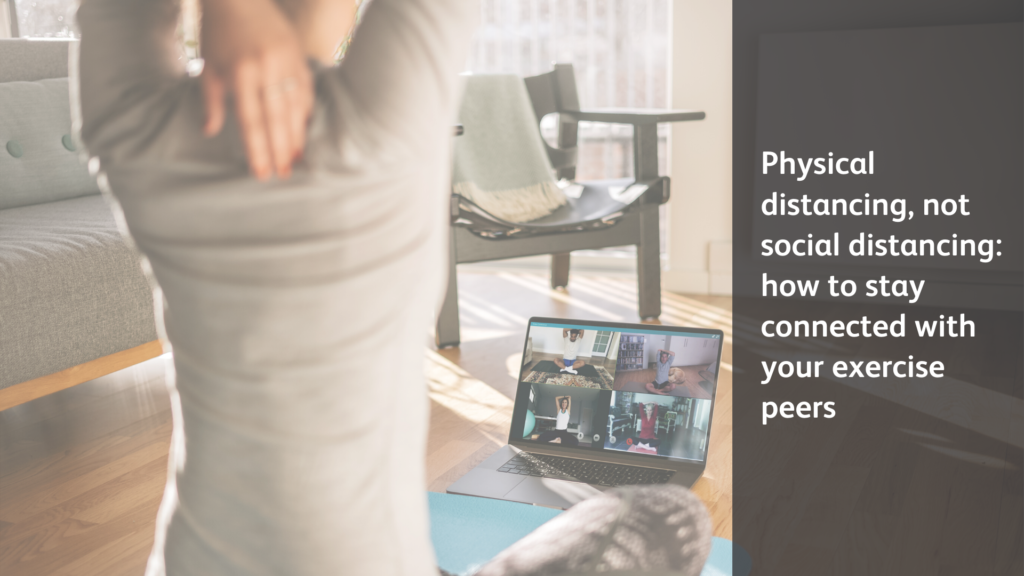
Sophie Pacek
Exercise Physiologist, Healthy Connections
The weather has been glorious lately despite an otherwise gloomy global situation. To top it off, Australia has done extremely well to curb the number of COVID-19 cases and has started to ease restrictions on going out and enjoying the great Australian autumn. Nevertheless, I received a letter in the mail this week from the Queensland government urging us to unite against COVID-19 and remain diligent with *social distancing* (it should be called physical distancing, like I describe here), with those aged 70 or over (or those over 65 years with a pre-existing medical condition) to keep staying at home as much as possible (Queensland Government, 2020).
For those of us not in this demographic, we are now able to go for picnics and travel within 50km from home for recreation, as well as exercise outdoors. These are perfect opportunities to get out and go for long walks, jogs, bicycle rides and play games with the kids or grandkids. These activities, known as cardiorespiratory or aerobic exercise, are an important form of physical activity.
You may be asking: what if we are one of those people who have been encouraged to stay at home? How can we get our aerobic exercise if we cannot go on long walks or bike rides? And what about if this weather suddenly turns rainy and we cannot go to the gym for treadmill walking or stationary cycling? Let’s explore how to get your heart rate up with exercises you can do in your living room.
What is aerobic exercise?
You may have heard of exercise called ‘aerobic’, ‘cardio’, ‘cardiorespiratory’ or ‘cardiovascular’ physical activity. They all refer to the same thing – ‘aerobic’ means ‘relating to or requiring oxygen’, ‘cardio’ and ‘vascular’ refers to the heart and blood vessels, and ‘respiratory’ includes involvement of the lungs and pulmonary system. Therefore, if we bring all these meanings together, aerobic exercise is any rhythmic continuous body movement that involves the use of oxygen and action of the heart and lungs (ACSM, 2014). In other words, it is any movement that makes you huff and puff greater than when resting.
What are the benefits of aerobic exercise?
- Improves heart and lung health – by placing greater oxygen demands on the body, our cardiorespiratory system adapts by improving its oxygen capacity and strength, resulting in an improvement in fitness (Mersey, 1991).
- Assists with weight loss and management – fat metabolism (i.e. burning fat) occurs only in the presence of oxygen. Therefore, aerobic exercise (which involves the use of oxygen) is one of the main forms of physical activity to reduce fat mass and improve body composition (ACSM, 2014).
- Reduces risk of obesity-related conditions like heart disease and diabetes – performing regular aerobic exercise helps with achieving and maintaining a healthy weight, reduces bad cholesterol levels, maintains healthy blood sugar levels and reduces blood pressure (Thorogood et al., 2011).
- Improves ability to perform everyday tasks – through enhancing fitness, aerobic exercise can make everyday tasks easier and improve independence and quality of life. It has been shown to be an essential factor in keeping individuals in their own homes for longer (Fleg, 2012).
- Other – studies have shown other benefits of aerobic exercise include delaying cognitive decline, improving mental health and anxiety, and management of pre-existing chronic conditions like kidney disease, diabetes and heart disease (ACSM, 2014).
How much is enough?
According to the national guidelines for Australian adults (regardless of age), individuals should aim to accumulate at least 150 minutes of moderate-to-vigorous intensity aerobic exercise per week (Department of Health, 2019). This equates to 30 minutes a day, 5 times per week.
As exercise professionals, we like to use the FITT principle to prescribe exercise:

A note on intensity
To reap the benefits of aerobic exercise, it must be performed at a minimum of a moderate intensity. Intensity can be determined using a variety of measures like heart rate, metabolic equivalents (METs) and other fancy physiological parameters; however, the simplest and most accessible way is describing how you feel. We use a 1-10 scale called the Rating of Perceived Exertion.
Examples of aerobic exercise that can be safely performed at home
- Gardening
- Housework – vacuuming, mopping, shifting furniture, mowing the lawn, yard work requiring heavy lifting
- Cardio workouts

Exercise Time!
The following video is one example of a cardio workout that you can do in the comfort of your home. It goes for 2 rounds of 5 exercises lasting approximately 10 minutes. Try the modifications for the exercises that you are finding too easy or too hard. Remember: monitor your RPE and ensure you stay within 4-6 (for moderate intensity) or 7-8 (for vigorous intensity).
Hope you enjoy and if you have any questions, please comment below, on our Facebook page or contact the clinic on 3624 2185.
Stay safe, wash your hands and keep moving!
Sophie




